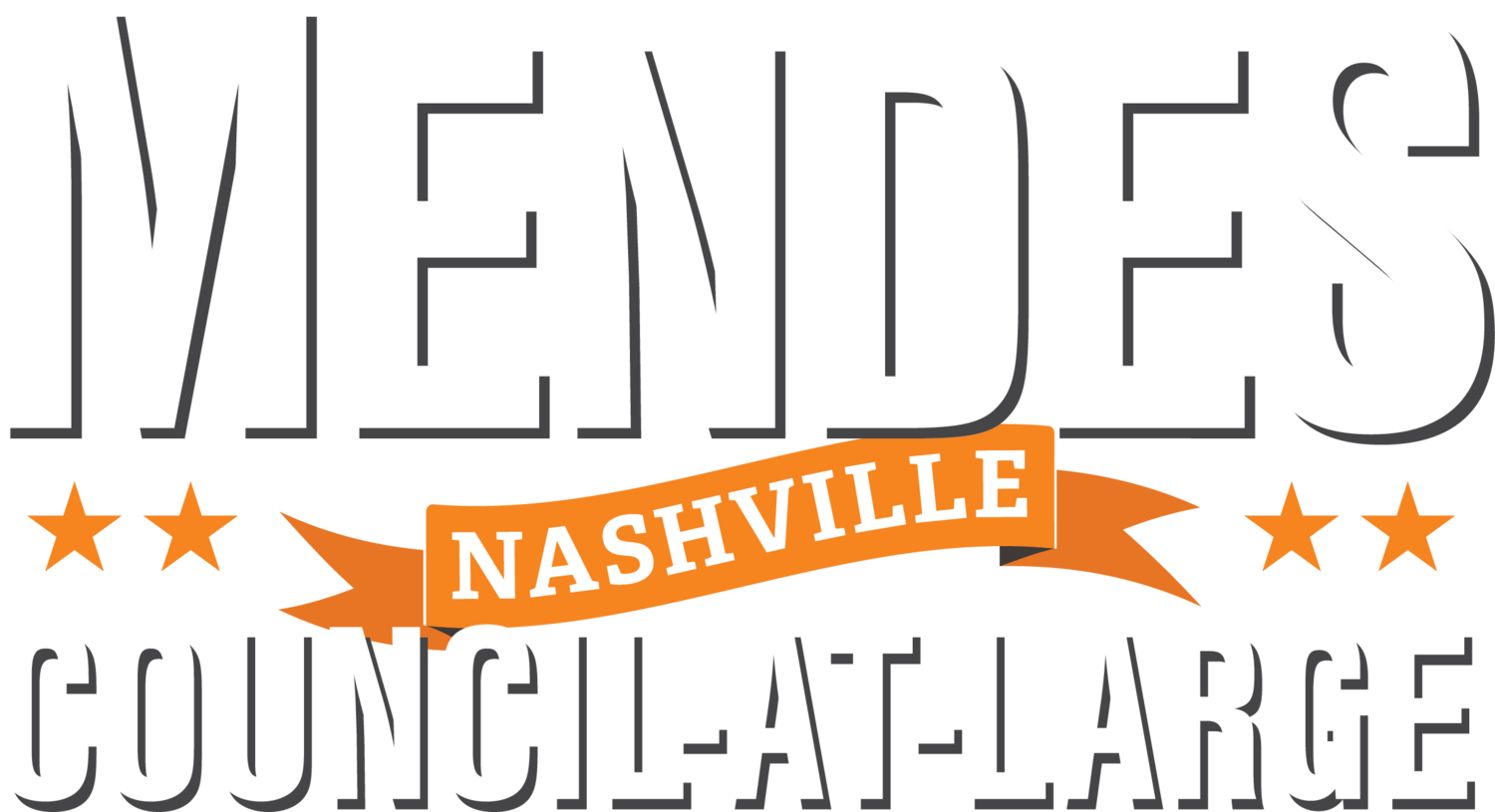Will the Council get the Donelson TOD right?
I’m prepping for the Council meeting this week and see the proposed Donelson transit-oriented development district up for 3rd reading again.I’ve worked hard trying to make this legislation better over the last half year or so. I have decided however to vote against it. I hastily put together two posts about this before the 4th of July holiday. One critiques the financial assumptions underlying the plan, and the other explains why I’ll vote against it. The summary is that this legislation would intentionally spur $300 million of development over a decade without Metro getting any revenue for important services in return. I think this would be irresponsible. A few weeks later, I’m still a ‘no’ on this…but I want to take another crack at talking about how weak the financial assumptions are.
This Metro Council and prior Councils are often accused of too easily letting tax revenue get side-tracked into development dollars. This Council and prior ones also are accused of just going along to get along – especially on complicated financial matters. This legislation is a good example of what successive Councils have passed. A year ago, I think this Council would’ve passed this too. I hope we go a different path now.
To get projects like this created, you start with a great goal. Here, Donelson understandably and deservedly wants a library and coherent development for its historic downtown area. That is a great goal. And then you present the Council with a 22 page single space plan that has lots of details and looks very official. From there, momentum is gathered and legislation is passed.
But let’s look at the financial assumptions behind the proposed plan...This proposed tax increment district will capture ALL new property tax revenue in the district. This is true for existing buildings and new construction in the district. All increases in tax revenue will be side-tracked and none can be used for Metro’s operating expenses until development loans get paid off. This is a new way to do tax increment financing in Nashville. Every other TIF district in Nashville only captures new revenue from individual properties that have TIF loans on them. In calculating the revenue from this new approach, MDHA has assumed that tax revenue will grow by 6% per year for each of the first 10 years, and then 5% per year for the remaining 20 years of the proposed plan. These assumptions are wrong.
(Please be careful to distinguish between appraised property values and tax revenue...they are not the same thing...the former is the value of the property if it gets sold, and the latter is how much tax revenue Metro gets from the property each year...)First, common sense and our recent collective experience tells us that 5-6% compounding annual growth in tax revenue for every property is not realistic. Metro’s operating budget crunch has been caused in large part by property tax revenue for existing buildings being lower this year than last year. Metro has increased its tax rate only once in a dozen years. Intuitively, it doesn’t make sense to assume 5-6% tax revenue growth compounding year after year for 30 years.
Second, just for a data point, I took a look at the tax records for One Nashville Place, the R2D2 high rise office building downtown at 4th and Commerce. Built in the mid-1980s, its total appraised value in 1990 was $33,299,200.00. With the tax rate at the time of $4.81, the property tax revenue should’ve been $640,677 for 1990.
In 2018, the building’s total appraisal value was $89,245,284.00. Higher for sure, but with the tax rate now at $3.155, the property tax revenue is 2018 was $1,126,275.In the dead center of downtown Nashville, over these 28 years, this would mean that the appraised value of One Nashville Place increased by about 3.6% per year while tax revenue increased about 2.0% per year. If this is what nearly 30 years of explosive growth downtown gets us, assuming 5 or 6% per year of compounding property tax revenue growth just doesn’t makes sense.
You may ask, “So what? Who cares if some sheet of numbers is wrong?” Here’s why – once you use more realistic tax revenue growth assumptions, there is no new money for Metro’s operating expenses coming from this area for many, many years – probably more than a decade I estimate. This project would intentionally spur $300 million of new development over the next decade and generate no new money for Metro to provide basic government services like schools, police, or fire protection. This would be irresponsible. When coupled with a poorly set property tax rate, this is how Nashville gets A+ gleaming development and has to renege on employee raises.
Finally, remember that these districts are beyond the Council’s control once they are created. If we pass this legislation, the Council will never be consulted on a single TIF loan in the district. If we pass the legislation, the Council can never make changes to the Donelson transit-oriented development plan unless MDHA also agrees to the change. Because of these factors, this legislation has more permanence that most of what the Council does.
I appreciate all of the hard work that has gone into this legislation, but I can’t support it.
